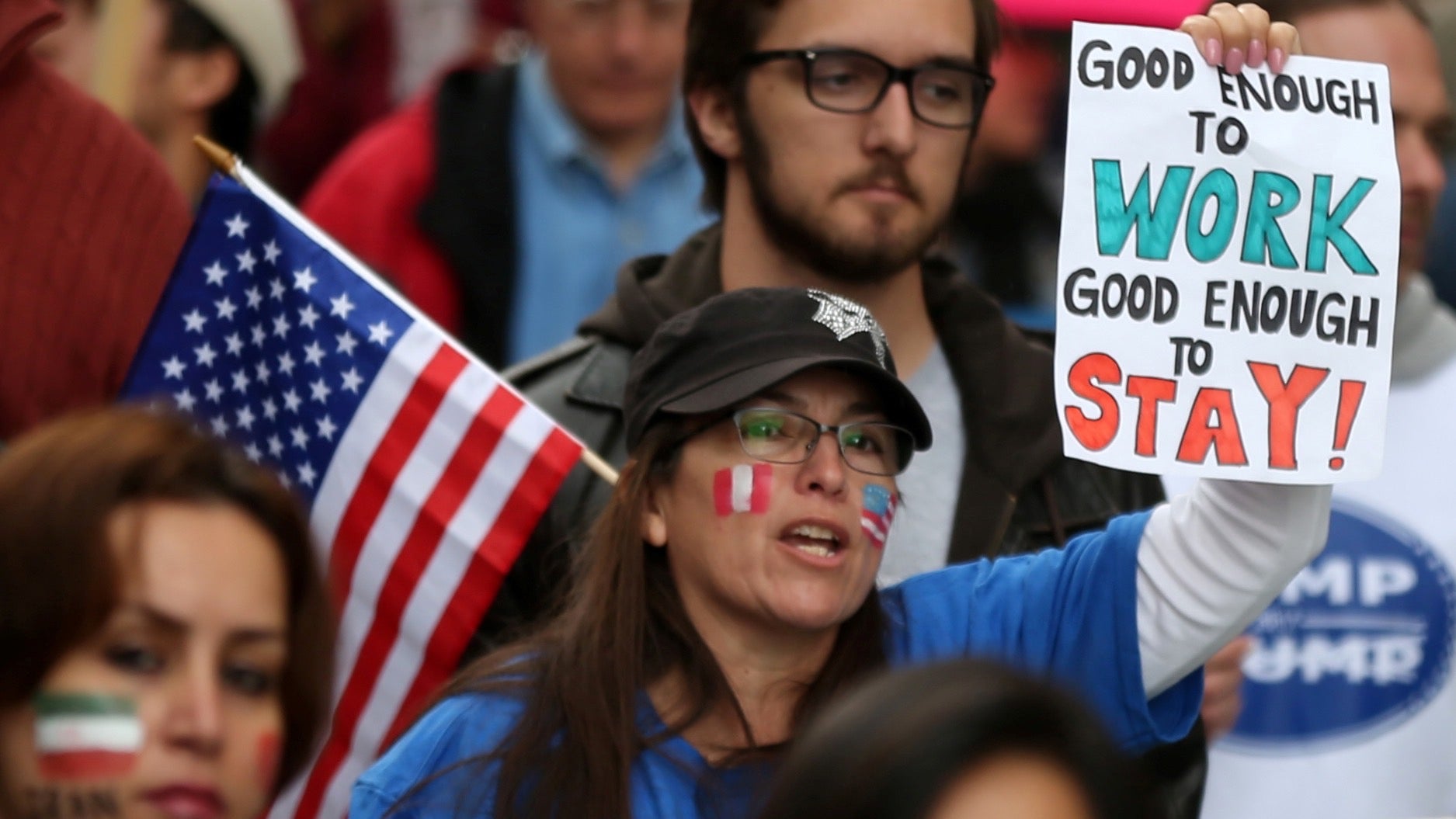Once again, there are more H-1B aspirants than there are visas available
For the fifth consecutive year, the demand for H-1B visas has outstripped supply.


For the fifth consecutive year, the demand for H-1B visas has outstripped supply.
On April 7—four days after H-1B applications were opened—the US Citizenship and Immigration Services (USCIS) announced that the 85,000 cap for new visas in fiscal year 2018 were exceeded, including the 20,000 allocated for masters’ students.
The immigration body did not announce the total number of applications received yet but experts had expected between 210,000 and 240,000 applications. Last year, the USCIS logged a record 236,000 applications.
The USCIS announced that it will continue to accept and process petitions that are exempt from the cap, such as amended H-1B visa petitions, renewal or extension requests, transfer petitions or applications from specific employers like colleges, universities, and non-profits, or petitions filed on behalf of current H-1B workers. However, this year, neither the cap-subject nor cap-exempt applicants could fasttrack applications via premium processing. The provision was halted for six months starting April 3.
The H-1B visa, which allows foreigners to work in the US for up to six years, has an uncertain future. Several bills seek to amend the program. US president Donald Trump has said he wants to revamp the program and a new policy memorandum (pdf) tightens the requirements for computer programmers to secure a visa. The USCIS has also announced that it will put more scrutiny on employers who can’t validate their businesses through commercially available data or have a high ratio of H-1B workers compared to US counterparts.
The USCIS said that as in previous years, it will use a computer-generated lottery to randomly select enough petitions to meet the 65,000 general cap and the 20,000 cap for applicants with advanced degrees.